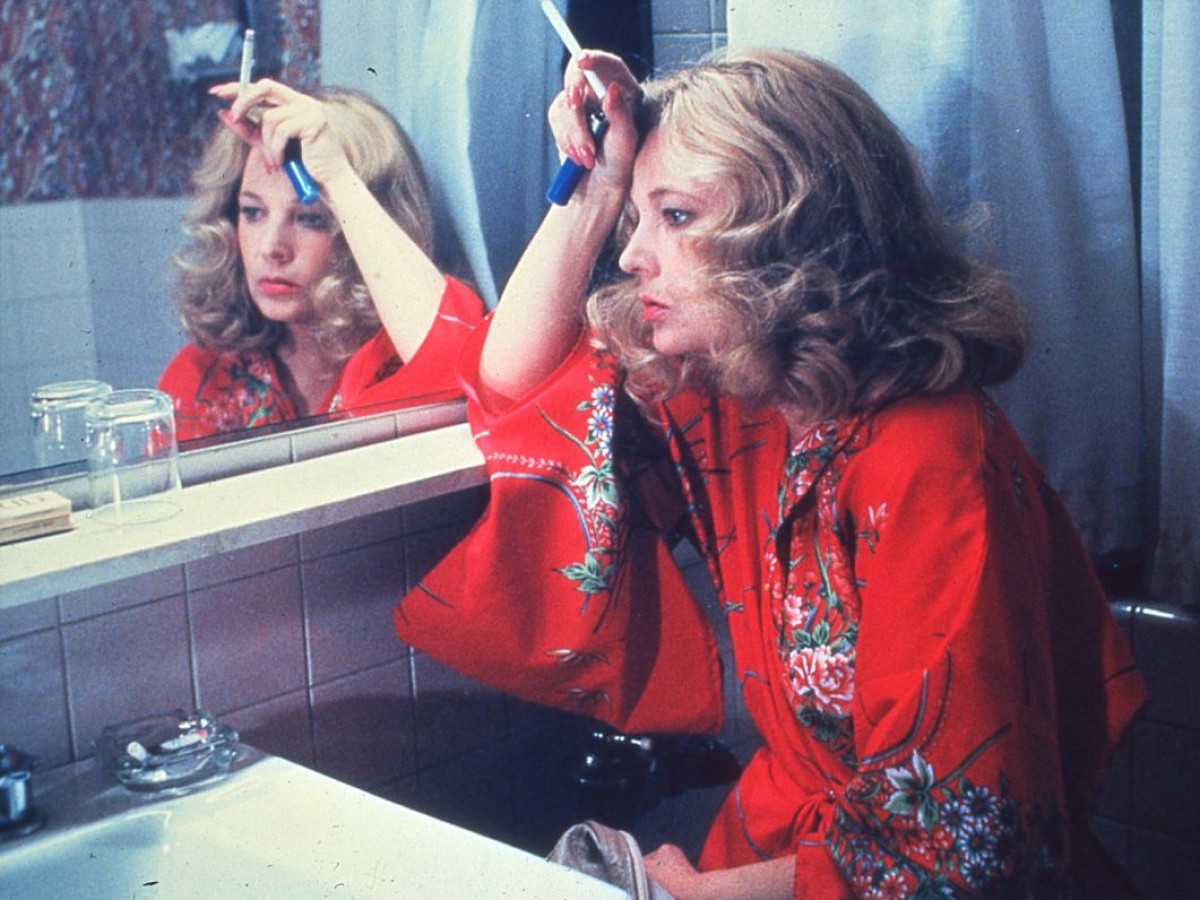The Real Eighties
American Cinema, 1980-89
May 8 to June 23, 2013
All ills spring from the 1980s. A transitional decade that witnessed the film industry’s restructuring along the lines of President Reagan’s neoliberal agenda, the eighties did away with the last remnants of New Hollywood while laying the foundations for today’s High Concept wasteland – thus goes an all too familiar tale of decline. The retrospective The Real Eighties questions this commonplace of film history and sides with the mainstream of Hollywood cinema: filmic realisms of the 1980s – in immediate proximity to the dream factories of Steven Spielberg or George Lucas, yet at odds with the decade’s political and aesthetic imperatives – await rediscovery.
The Real Eighties forges routes through the cinematic decade, taking no less interest in the small careers of forgotten masters (James B. Harris, Amy Heckerling, Jim McBride, Bill Forsyth) than in the seemingly minor works of the much-acclaimed (Someone to Watch Over Me by Ridley Scott, 1987; Thief by Michael Mann, 1981; The King of Comedy by Martin Scorsese, 1983). The program follows the trails of some defining actors (Mickey Rourke, Debra Winger, Jeff Bridges) but also attempts to restore missed opportunities and lost chances to the canonical course of film history: what would today’s blockbuster look like, for instance, if John Carpenter’s melancholic sci-fi road movie Starman (1984) or Frank LaLoggia’s wondrous kiddie horror film Lady in White (1988) had served as its blueprint, rather than Star Wars and E.T.?
Emphatically but without nostalgia, the best films of this conflicted decade relate the passing of the previous era’s utopias, without forgetting those hardy lives that persisted throughout all changes and upheavals. “Because it hurts / so much to face / reality”, as Robert Duvall’s half-broken country singer in Bruce Beresford’s Tender Mercies (1983) puts it. Just like Robert Aldrich’s female-wrestling epic ...All the Marbles (1981), Beresford’s country melodrama belongs to a crop of films from the early 1980s that are united by a profound investment in the real lives of the white underclass without taking recourse to the clichés of “white trash”. Neither kitchen-sink dramas nor social problem films, they crafted poetic, intimate views of people left behind. A related cycle of films set among carneys and travelling showmen depicts moments of uprooting and existential isolation amidst established genre formulae: Maybe for the last time, Clint Eastwood’s Bronco Billy (1980) and George A. Romero’s Knightriders (1981) celebrate an America under the open sky.
Hollywood in the eighties is widely thought of as a cinema of slick surfaces. The Real Eighties counters this preconception with a series of precipitous Neo-Noirs that, while intimating a fundamental skepticism of the illusory nature of images, occasionally give in to their seductive qualities – such as Brian De Palma’s Blow Out (1981), James Bridges’ forgotten masterpiece Mike’s Murder (1984), and Paul Schrader’s American Gigolo (1980), a thriller-treatise on the commodification of the (male) body, whose smoothness simultaneously attracts and repels the gaze. In No Way Out (1987), a belated and generally under-appreciated paranoia thriller by Roger Donaldson, the notion of a depth hidden beneath the surface is finally divested of all purchase: There really is no way out.
Genre cinema, more narrowly defined, also underwent a renaissance during the eighties. From horror, science-fiction and police films The Real Eighties strives to salvage elements of a resistant materiality within that much-maligned decade. Particular attention will be paid to the evolution of film comedy, from its unruly, anarchic incarnations at the dawn of the eighties (Airplane! by Zucker, Abrahams & Zucker, 1980; Fast Times at Ridgemont High by Amy Heckerling, 1982), to the solitary oeuvre of Albert Brooks, that other great neurotic of American cinema (Modern Romance, 1981), and to the John Hughes-penned comedies of (teenage) manners which came to define the latter half of the decade (Some Kind of Wonderful by Howard Deutch, 1987). Alongside comedy, post-classical horror (Day of the Dead by George A. Romero, 1985) and dystopian sci-fi (Escape from New York by John Carpenter, 1981; RoboCop by Paul Verhoeven, 1987) established themselves as the foremost seismographs of the decade’s crises and dislocations. A parallel series at the Filmcasino will lure audiences even deeper into the abyss of popular culture: In conjunction with The Real Eighties, Klub Kaputt presents late night screenings of sunken treasures from the eighties’ B- to Z-cinemas.
With its wide-ranging constellation of 47 films, The Real Eighties campaigns for a critical redemption of the 1980s’ cinematic output by virtue of its own images, which counter the decade’s much-heralded loss of reality with realities of their own: no ‘Restauration’, but the long overdue reanimation of a unique moment in film history – caught between loss, excess and the everyday.
The retrospective has been curated by ‘The Canine Condition’ (Lukas Foerster, Fabian Tietke, Nikolaus Perneczky, and Cecilia Valenti). Nikolaus Perneczky and Lukas Foerster will introduce several screenings and hold a workshop on June 5, jointly organized with the Dept. of Theatre, Film and Media Studies (University of Vienna).
In the framework of its September-October programme, the Film Museum will pay special tribute to another central filmmaker of the 1980s: Joe Dante. His work will be the subject of a retrospective and a new book publication, jointly organised with Kinoteka Ljubljana and the /slash film festival.
The retrospective is supported by the U.S. Embassy in Vienna.
Related materials
Books Joe Dante
Download Workshop "The Real Eighties" (PDF)
Link The Canine Condition


